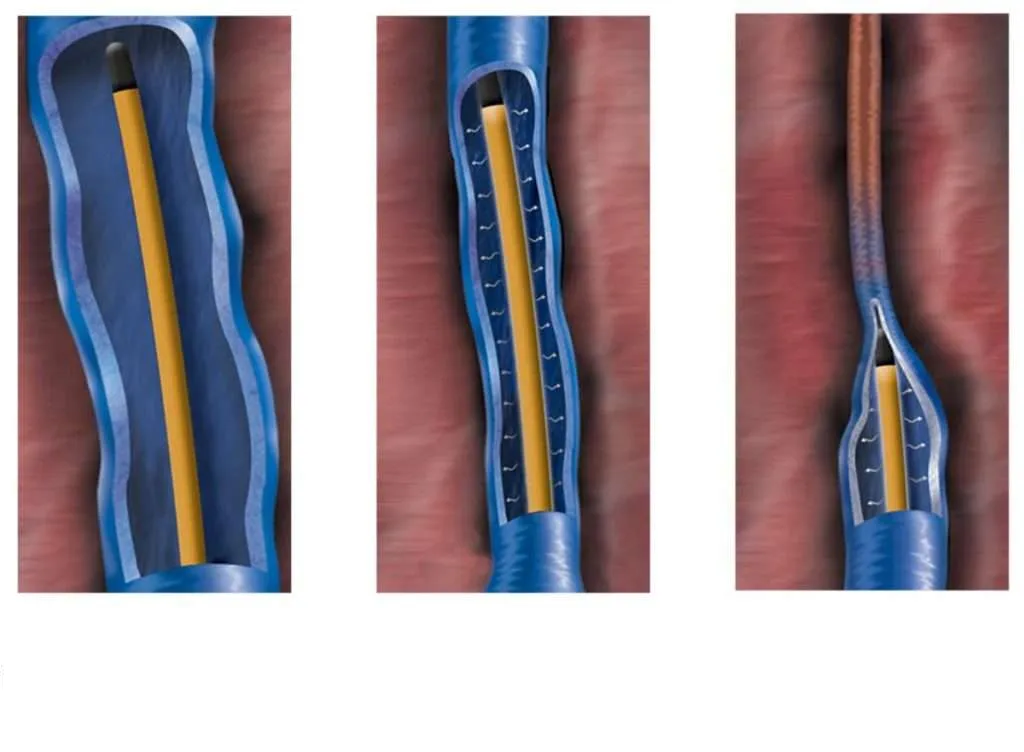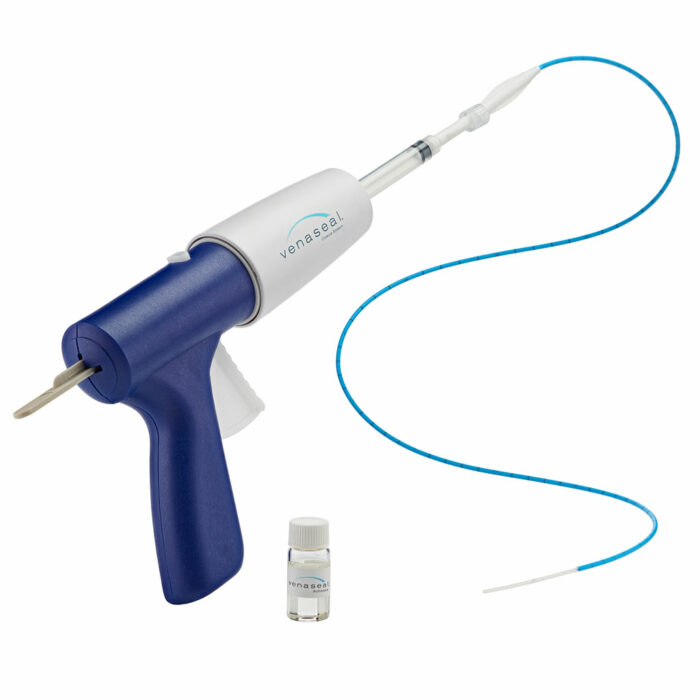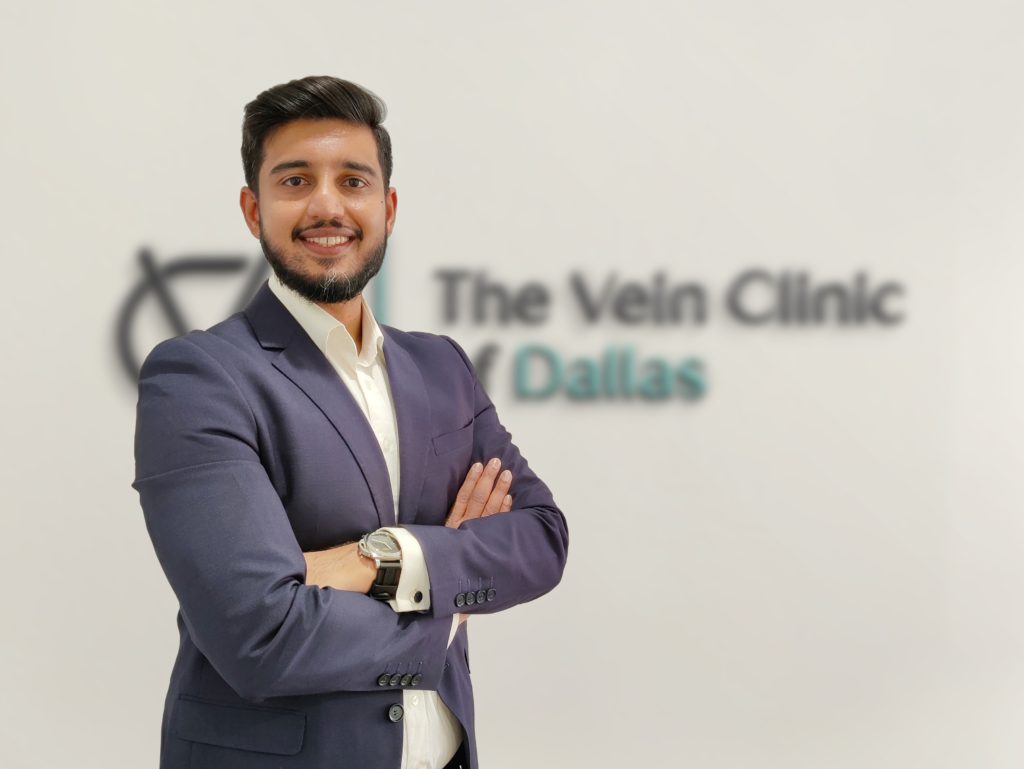What are some treatment options for varicose veins?

Varicose veins are a common vascular issue that affect a significant portion of the population. They often appear as bulging, twisted veins, primarily in the legs and feet, and can lead to discomfort, pain, and even complications if left untreated. Fortunately, modern medicine offers a variety of treatments to address this issue. In this blog, we will delve into the different types of varicose vein treatments available here at The Vein Clinic of Dallas by our expert vein specialist, Dr. Poonawala. Each procedure is tailored to meet individual needs and preferences.
Lifestyle Modifications
Before delving into medical interventions, adopting certain lifestyle changes can help alleviate varicose vein symptoms and slow down their progression. Regular exercise, maintaining a healthy weight, avoiding prolonged periods of sitting or standing, and elevating the legs whenever possible can all contribute to improved circulation and reduced symptoms.
Sclerotherapy
Sclerotherapy is a minimally invasive procedure commonly used to treat smaller varicose veins and spider veins. During this procedure, Dr. Poonawala will inject a solution directly into the affected veins, causing them to collapse and eventually fade from view. Sclerotherapy is relatively quick; however, it may require multiple sessions for optimal results.
Ultrasound Guided Foam Sclerotherapy (UGFS)

UGFS stands for Ultrasound-Guided Foam Sclerotherapy, and it’s a minimally invasive procedure used to treat varicose veins and underlying venous reflux. This technique involves using ultrasound guidance to inject a foam sclerosant solution directly into the affected veins, causing them to collapse and eventually fade from view.
UGFS is particularly suitable for treating smaller varicose veins and reticular veins, which are larger than spider veins but smaller than typical varicose veins. We utilize UGFS to treat tortuous, or twisting, veins that may be bulging or causing your symptoms. After numbing the targeted area with lidocaine, the UGFS is injected through a small butterfly needle, leaving nothing more than a small poke on your skin.
Radiofrequency Ablation (RFA)
Radiofrequency ablation (RFA) for varicose veins is a minimally invasive medical procedure used to treat underlying venous reflux, which is a common cause of varicose veins. This technique involves using radiofrequency energy to heat and close off a dysfunctional vein, redirecting blood flow to healthier veins and alleviating the symptoms associated with varicose veins.
We utilize RFA to shut down any truncal vein segments that are contributing to your symptoms. Through a small, 2-millimeter incision, a catheter with a heating tip is inserted and threaded along the targeted vein with the help of ultrasound imaging. Once in place, almost half a liter of anesthetic is inserted around the vein, ensuring that you don’t feel any heat or pain during the procedure. This fluid helps numb up the area around the targeted vein and pushes away any structures from the heat. As the catheter is heated and pulled back, the vein is effectively cauterized from the inside. It is important to note that nothing is left in the vein during this catheter procedure and within hours after your procedure, your body works to absorb and remove any fluid that is added during the procedure.
One of the key advantages of radiofrequency ablation is that it targets the affected vein without causing significant damage to the surrounding tissues. This leads to less pain and a faster recovery compared to traditional surgical methods.


VenaSeal
VenaSeal is a medical adhesive or glue that is used as a treatment option for varicose veins. It’s the newest treatment option in the world of varicose vein treatments, having been FDA approved in 2015. It’s a minimally invasive procedure that aims to close off dysfunctional veins that are causing issues such as pain, discomfort, and swelling. Through a 2-millimeter incision, the VenaSeal catheter is threaded through the targeted vein under ultrasound imaging guidance. Once in position, small amounts of medical grade super glue are deposited, sealing off the targeted vein from the inside.
VenaSeal is favored for its simplicity, comfort, and quick recovery period. It eliminates the need for heat-based procedures like laser or radiofrequency ablation, which can sometimes require large amounts of anesthesia. It is also typically more comfortable, only requiring one small poke for the lidocaine to numb the targeted area.
Ambulatory Phlebectomy
Ambulatory phlebectomy, also known as microphlebectomy or stab avulsion, is a minimally invasive surgical procedure used to remove superficial varicose veins or clusters of varicose veins close to the skin’s surface. This procedure is particularly effective for treating bulging and unsightly veins that are causing discomfort or cosmetic concerns. Here at The Vein Clinic of Dallas, the targeted vein is first traced using a washable, blue marker. Through multiple small incisions, less than 2-millimeters in size, the vein is carefully pulled up and cut as it is removed.
Ambulatory phlebectomy is favored for its ability to provide rapid relief from varicose vein symptoms and improve the appearance of the legs. The procedure’s minimally invasive nature, along with the small incisions, leads to less discomfort, minimal scarring, and a faster recovery compared to traditional vein stripping surgeries.
Key Takeaways:
- There are a wide variety of treatments when it comes to treating varicose veins.
- Each person’s veins are different and can require different types of treatments to fix.
- Each procedure is minimally invasive meaning you will be able to walk-in and walk-out on procedure day.
Worried About Your Veins?
Click here to Make an appointment to see Dr. Husein Poonawala at our vein clinic in Flower Mound, Texas to have your veins assessed and treated today!
Our quick and easy, walk-in walk-out appointments and treatments can get your veins optimized.

Dr. Husein Poonawala is the driving force behind The Vein Clinic of Dallas. He is a dual board-certified Harvard trained Vascular and Interventional Radiologist with a passion for treating vein disorders. He is an expert in minimally invasive endovascular surgery with over a decade of experience in his field. He now focuses solely on venous insufficiency utilizing state-of-the-art vein treatments.
The content provided in this article is provided for information and educational purposes only and is not a substitute for professional medical advice and consultation.

